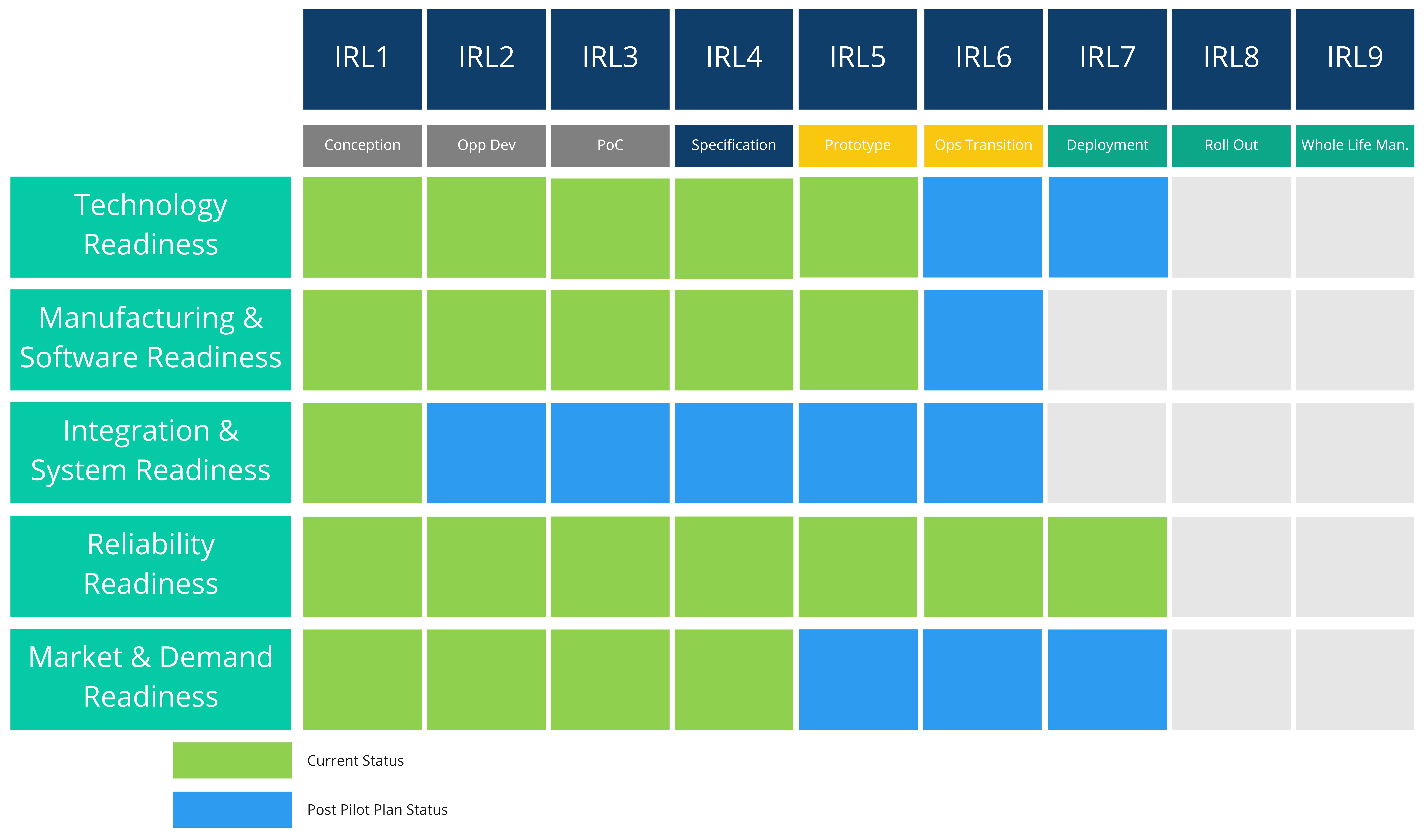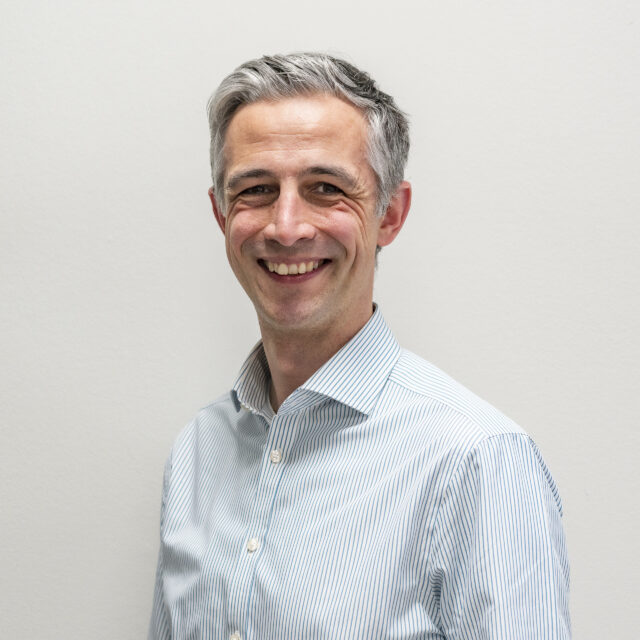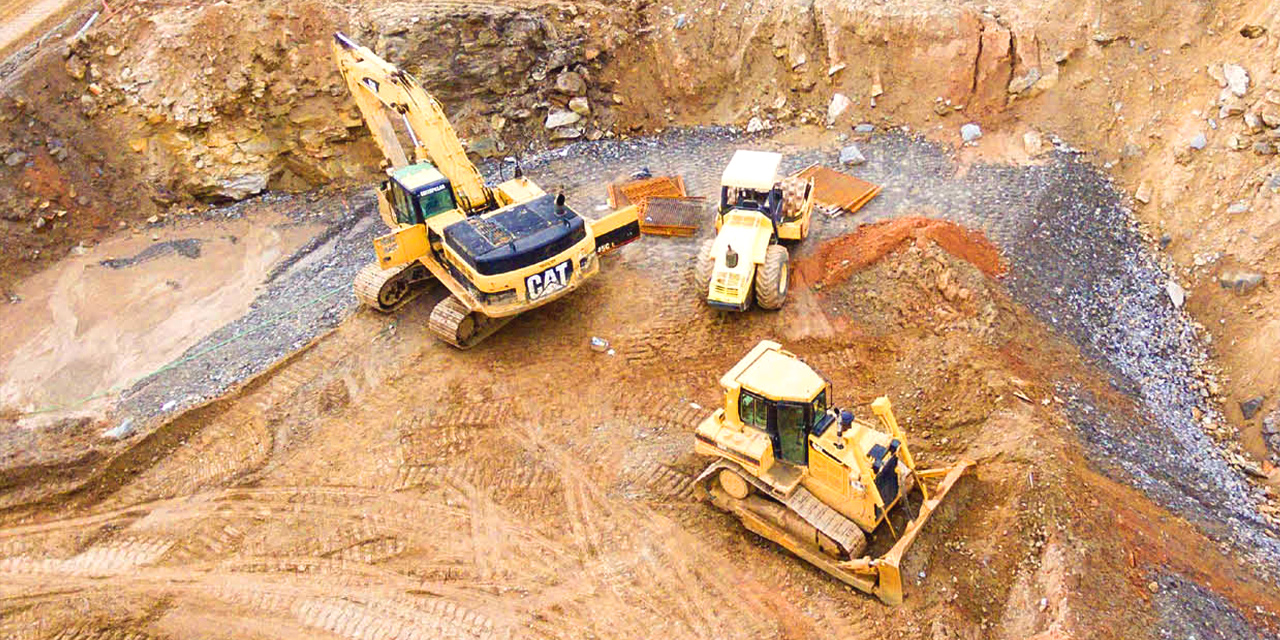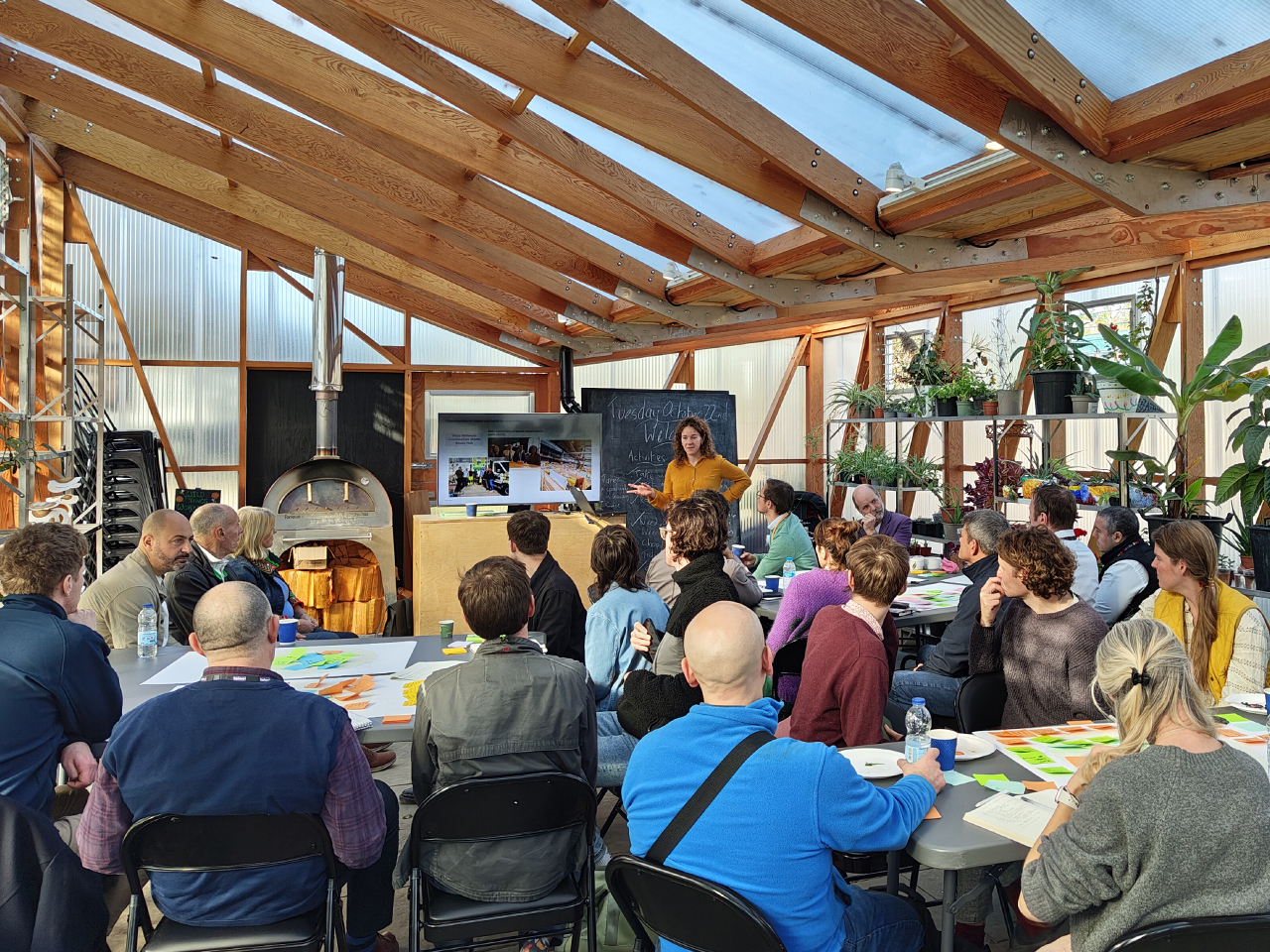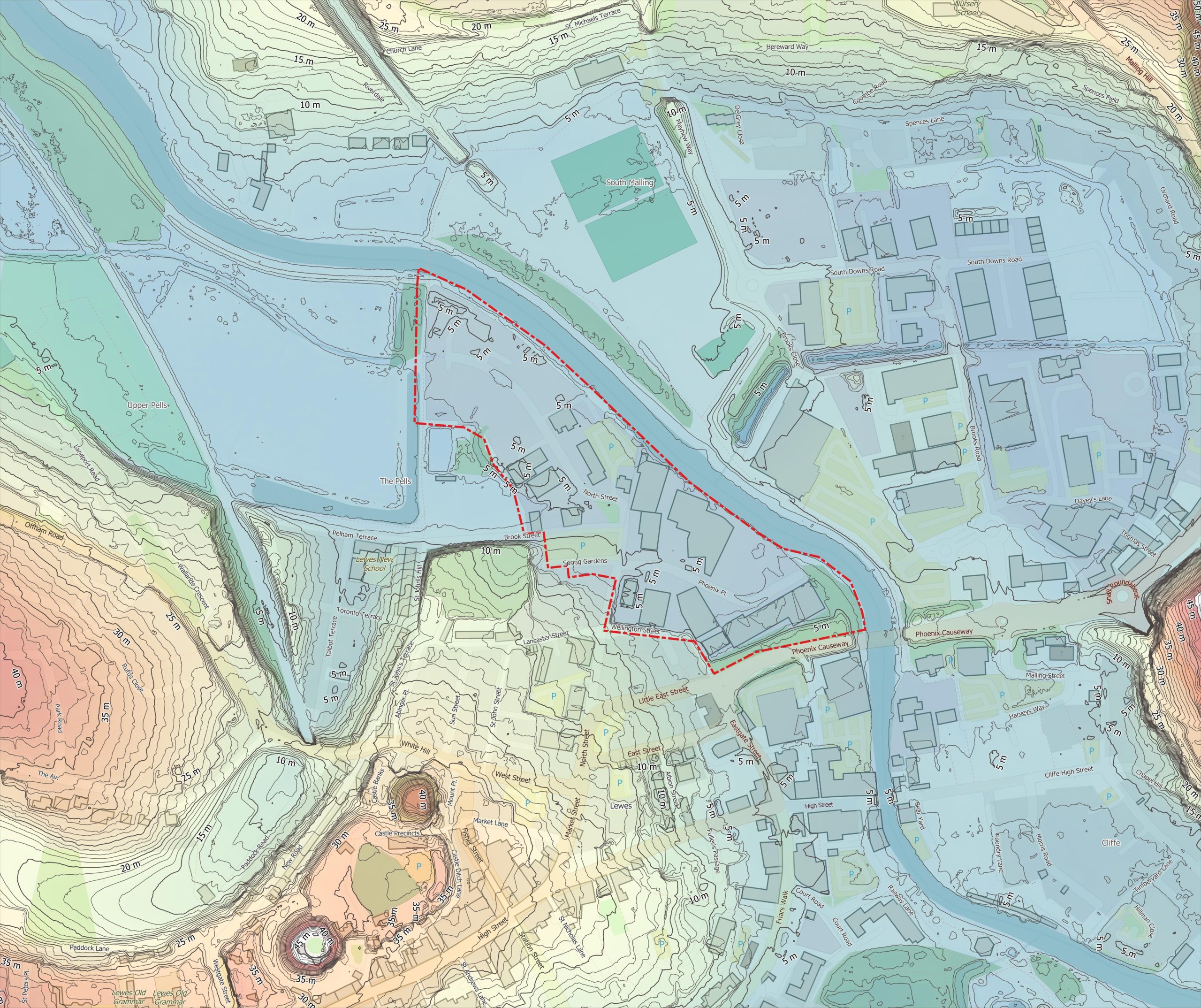Environment Agency Decarbonisation Programme
United Kingdom
Expedition is providing support to the Environment Agency in its delivery of a three-year programme intended to accelerate its roadmap to net zero. A shortlist of innovative technologies with the potential to cut capital carbon in infrastructure are being explored, and we are advising how to identify those which hold the greatest promise for scale-up in the time available.
The Environment Agency has set itself an ambitious target to drive out 43% of capital carbon by 2030 as part of its route to net zero, and acknowledges the need to accelerate progress in order to meet this important milestone.
For the Flood, Coastal & Erosion Risk Management Programme the agency has identified its six highest carbon, most frequently used assets and where carbon savings could be made in each of them. Six teams in geographical hubs have been established to create a shortlist of technologies and trial them in order to identify which have the greatest potential for scale-up and widespread adoption.
This is an all-encompassing net zero programme, exploring multiple technologies for a number of infrastructure and construction types, rather than restricting itself to just one or two. These new technologies cover steel and concrete construction, earthworks, asset management and modern methods of construction (MMC).
Not all of these technologies would be expected to be viable and achieve widespread adoption, even with unlimited funding. To be successful, they have to meet a wider range of criteria than just technology readiness. Expedition has introduced the concept of the Integration Readiness Matrix which prompts innovators to identify and assess a wide range of barriers to adoption including demand readiness, system readiness and software readiness.
Management of the innovation development programme for the Environment Agency will ensure funding is spent effectively, monitoring teams to ensure they deliver the planned outcomes, and that the technology will deliver the saving in carbon that is anticipated. The challenge is to know when to stop funding research into one technology and divert it to one that has a more realistic prospect of success.
We are currently supporting the delivery of the business case to gain funding for the three year programme and will be part of the assurance team once the project starts in earnest.
Integration Readiness Matrix
